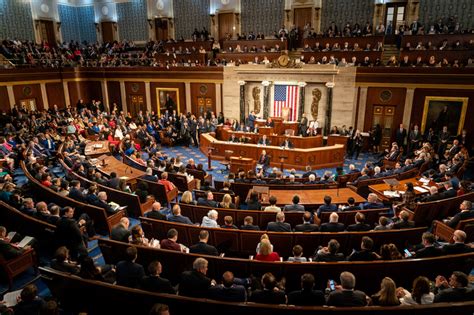[IMPORTANT: Make this 4 times longer with much more detail]
Report Trump Plunges U.S. Into Trade War With Canada, Mexico, China All three countries have vowed retaliatory measures against Washington. By Alexandra Sharp , the World Brief writer at Foreign Policy , and Lili Pike , a reporter at Foreign Policy . Canadian Prime Minister Justin Trudeau speaks during a news conference. Canadian Prime Minister Justin Trudeau speaks during a news conference about the U.S. tariffs against Canada in Ottawa, Canada, on March 4. Dave Chan/AFP via Getty Images My FP: Follow topics and authors to get straight to what you like. Exclusively for FP subscribers. Subscribe Now | Log In United States China Lili Pike March 4, 2025, 6:05 PM Comment icon View Comments ( 0 ) U.S. President Donald Trump’s long-threatened trade war with the country’s three largest trading partners has become a reality. The United States imposed 25 percent duties on almost all goods from Canada and Mexico early Tuesday, while hitting China with another round of 10 percent tariffs—on top of the 10 percent announced last month. Trump’s Second Term Ongoing reports and analysis Trump’s reasoning : the countries’ alleged failure to stem the flow of fentanyl and immigrants into the United States. Having failed to satisfy Trump’s shifting demands, Canada, Mexico, and China are now hitting back. U.S. President Donald Trump’s long-threatened trade war with the country’s three largest trading partners has become a reality. The United States imposed 25 percent duties on almost all goods from Canada and Mexico early Tuesday, while hitting China with another round of 10 percent tariffs—on top of the 10 percent announced last month. Trending Articles Why Isn’t China Playing Trump’s Game? Beijing has opted for defiance instead of flattery. Will the strategy backfire? Powered By Advertisement Why Isn’t China Playing Trump’s Game? X Trump’s Second Term Ongoing reports and analysis Trump’s reasoning : the countries’ alleged failure to stem the flow of fentanyl and immigrants into the United States. Having failed to satisfy Trump’s shifting demands, Canada, Mexico, and China are now hitting back. In a fiery speech on Tuesday, Canadian Prime Minister Justin Trudeau accused Trump of trying to engineer “a total collapse of the Canadian economy because that will make it easier for him to annex us.” He announced 25 percent retaliatory tariffs on $155 billion worth of U.S. imports; duties on $30 billion of that will start immediately. South of Washington, Mexican President Claudia Sheinbaum also vowed retaliatory measures , to be announced this coming Sunday. “We don’t want to enter into a trade war,” Sheinbaum said, adding that she hopes her scheduled meeting with Trump on Thursday avoids the need for such a response. Like Trudeau, Sheinbaum emphasized Mexico’s right to sovereignty in the face of U.S. aggression. China, for its part, announced new 10 to 15 percent tariffs on U.S. agricultural goods—including chicken, corn, pork, and soybeans—to go into effect on March 10. These retaliatory measures apply to a wider range of products than China’s initial tariffs against the United States last month, and they target U.S. farmers who are heavily reliant on the Chinese market. Taken together, Canada, Mexico, and China account for more than 40 percent of U.S. imports. Stocks tumbled globally on Tuesday morning, with the S&P 500 falling 1 percent after taking its biggest drop of the year yesterday ahead of the tariffs going into effect. This post is part of FP’s ongoing coverage of the Trump administration . Follow along here . My FP: Follow topics and authors to get straight to what you like. Exclusively for FP subscribers. Subscribe Now | Log In United States China Lili Pike Alexandra Sharp is the World Brief writer at Foreign Policy . X: @AlexandraSSharp Lili Pike is a reporter at Foreign Policy . X: @lili_pike Read More On Canada | China | Drugs & Crime | Mexico | Migration and Immigration | Trade Policy & Agreements | United States Join the Conversation Commenting on this and other recent articles is just one benefit of a Foreign Policy subscription. Already a subscriber? Log In . Subscribe Subscribe View 0 Comments Join the Conversation Join the conversation on this and other recent Foreign Policy articles when you subscribe now. Subscribe Subscribe Not your account? Log out View 0 Comments Join the Conversation Please follow our comment guidelines , stay on topic, and be civil, courteous, and respectful of others’ beliefs. You are commenting as . Change your username | Log out Change your username: Username I agree to abide by FP’s comment guidelines . (Required) Confirm CANCEL Confirm your username to get started. The default username below has been generated using the first name and last initial on your FP subscriber account. Usernames may be updated at any time and must not contain inappropriate or offensive language. Username I agree to abide by FP’s comment guidelines . (Required) Confirm




Leave feedback about this